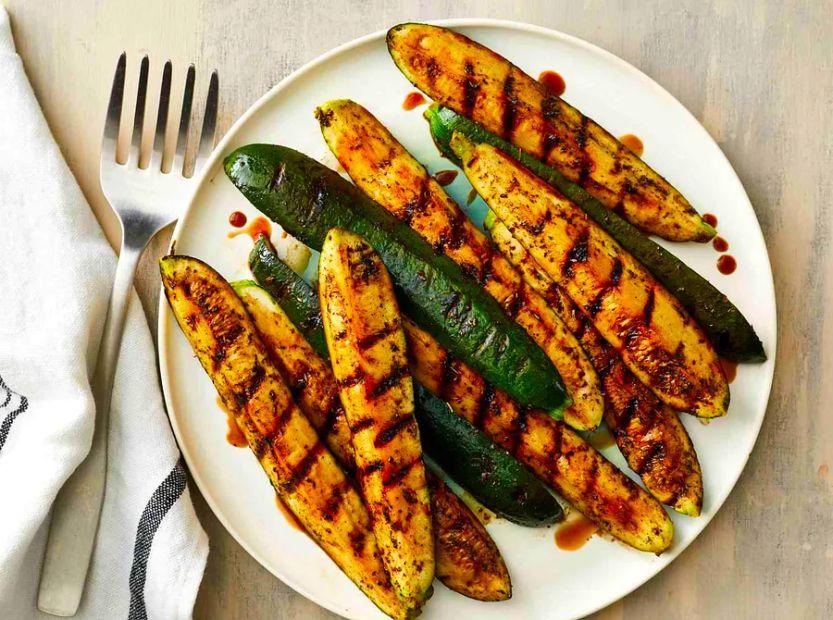The Secret Italian Trick for Perfectly Firm Zucchini, Every Time

Zucchini and eggplant often get a bad rap. Many people think of them as mushy, slimy, or bland. But don't let that reputation fool you—cooking these vegetables without the sogginess is totally doable. In fact, it’s easier than you might think.
If you’ve ever been disappointed by the texture of these summer veggies, I’ve got good news. There’s a foolproof method to ensure they stay crisp. I learned it as a child in the kitchen with my Italian grandmother. We were making my favorite eggplant Parmigiana, where the fried eggplant is the star. If you’ve had top-tier eggplant Parm, you know mushy eggplant doesn’t make the cut.
What Causes Zucchini and Eggplant to Become Soggy?
Both zucchini and eggplant have high water content and spongy textures. Imagine them like a waterlogged sponge, full of tiny pores packed with moisture. When these vegetables cook, the sponge contracts, forcing out the water. The result is a soggy, steamed mess instead of the firm, flavorful dish you want.
For the crispiest texture, you'll want the driest cooking method possible. Moisture is the enemy of browning—if your food is wet, it can't develop that perfect golden, crispy exterior. The drier it is, the more beautifully brown and delicious it becomes.
How to Prevent Zucchini and Eggplant from Getting Soggy
The key is a simple process known as 'weeping.' It takes a bit of time, but it’s totally worth it. Here's how you do it:
- First, slice your zucchini or eggplant as your recipe suggests.
- Lay a clean tea towel or paper towel on a rimmed baking sheet, or on the counter if you're working with a lot of veggies.
- Generously sprinkle salt over the towel, then arrange your cut vegetables on top, making sure they’re spread out in a single layer.
- Sprinkle more salt over the top of the vegetables.
- Let them sit for at least 20 minutes, or up to 40 minutes for thicker pieces. After about 20 minutes, you'll see droplets of water forming on the surface, which is exactly what you're after.
- Use another clean towel or paper towels to gently press down and absorb the moisture. Flip each piece over and repeat the process on the other side to get as much water out as possible, leaving you with dry vegetables on both sides.
Why 'Weeping' Works
Zucchini and eggplant are absolutely delicious when cooked using methods that encourage browning, like roasting at high temperatures, grilling, frying, or searing in a pan. However, if you skip the weeping process and dive straight into these high-heat techniques, you'll end up with soggy vegetables. Weeping removes much of the moisture, resulting in a drier surface, and less water inside means a faster cooking time.
Mushy vegetables often happen when they’re overcooked. If the inside is too watery, you have to cook them longer to evaporate the moisture, which can leave zucchini and eggplant with a spongy, unappetizing texture. By starting with less moisture, you cut down the cooking time and focus on achieving that crispy, perfectly textured exterior.

1

2

3

4

5
Evaluation :
5/5